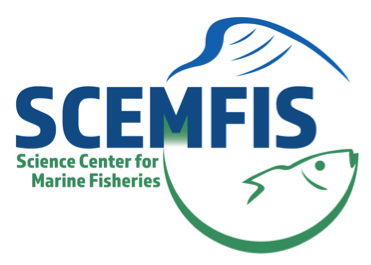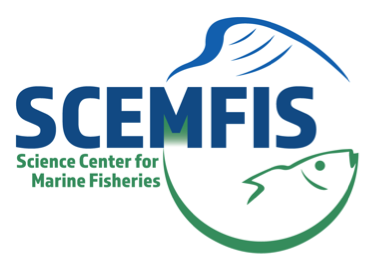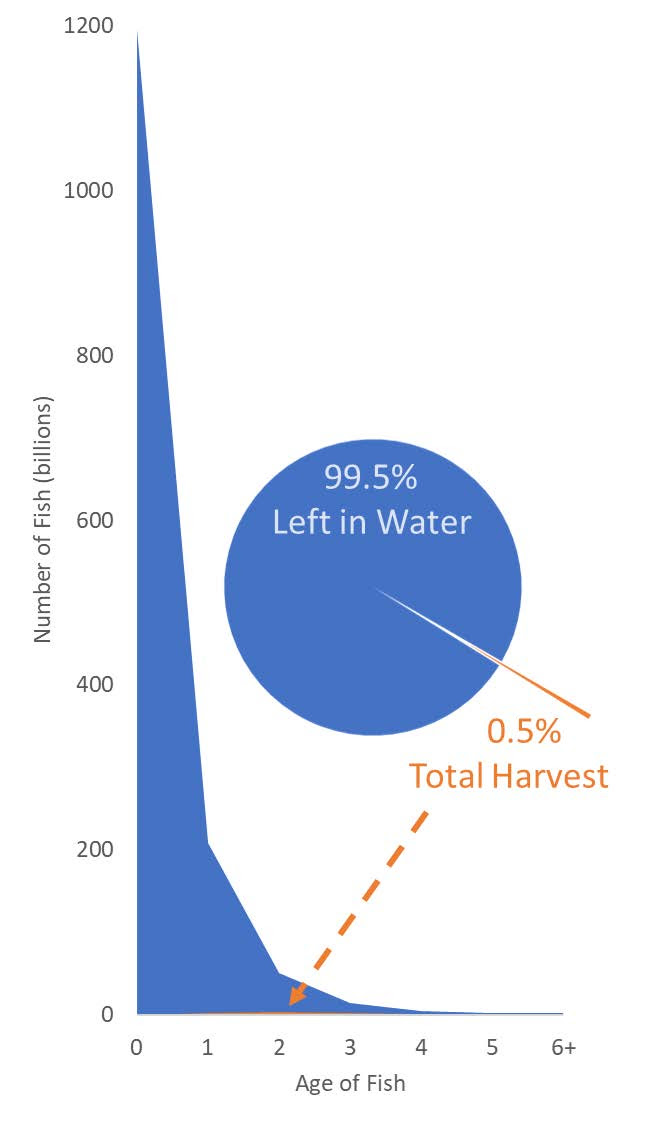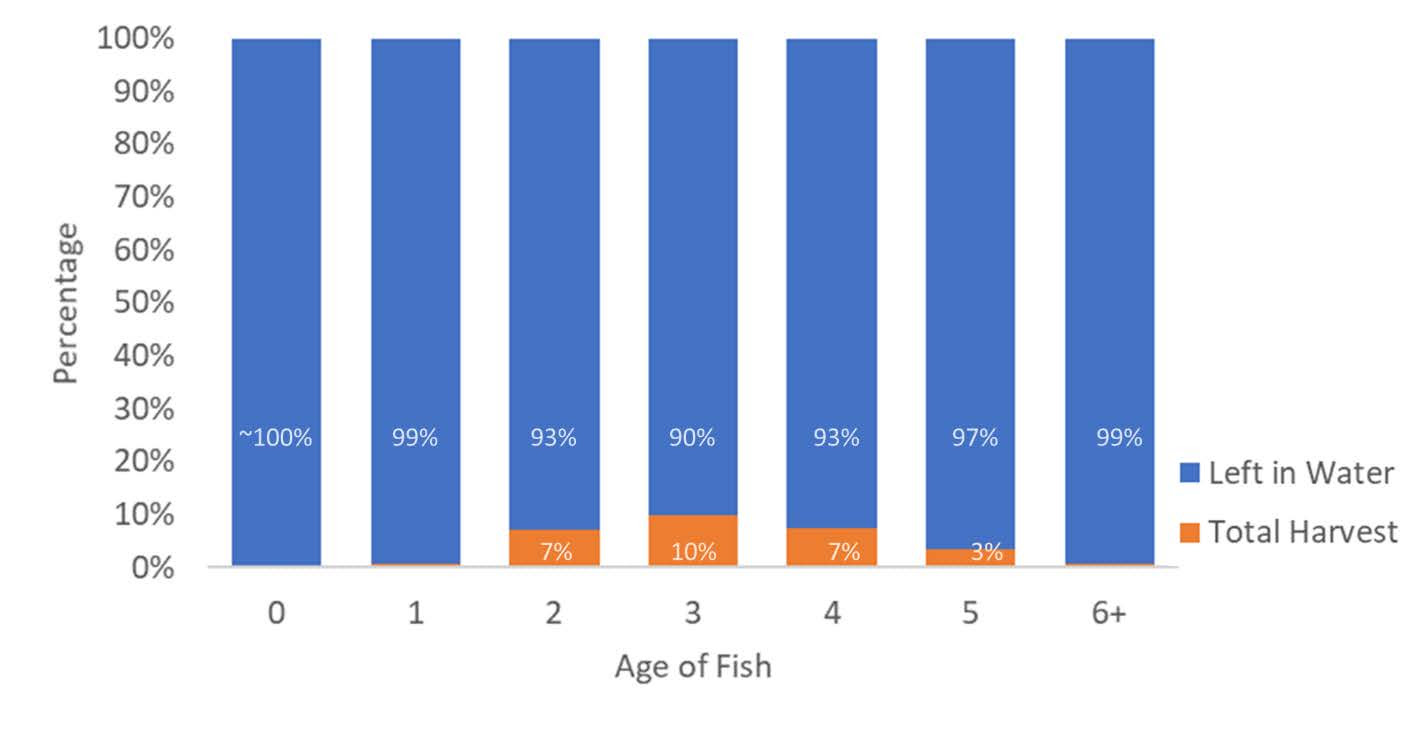99.5 Percent of an Atlantic Menhaden Year Class is Left in the Water to Serve Its Ecological Role, New SCEMFIS Report Finds

July 29, 2020 — The following was released by the Science Center for Marine Fisheries:
 The Atlantic menhaden fishery leaves 99.5 percent of a menhaden year class in the water to serve its ecological role as forage, according to a new review from Dr. Steve Cadrin of the University of Massachusetts Dartmouth. This finding is one of many indicators that menhaden is a healthy and sustainable resource, according to the review.
The Atlantic menhaden fishery leaves 99.5 percent of a menhaden year class in the water to serve its ecological role as forage, according to a new review from Dr. Steve Cadrin of the University of Massachusetts Dartmouth. This finding is one of many indicators that menhaden is a healthy and sustainable resource, according to the review.
“Determining whether or not menhaden is fulfilling its role in the ecosystem has been at the heart of recent debates around menhaden management,” said Dr. Cadrin. “A review of all the available data from the most recent peer-reviewed stock assessment clearly shows that menhaden are conservatively managed and already successful in meeting ecosystem needs.”
The review comes at the request of the National Science Foundation’s Science Center for Marine Fisheries (SCEMFIS). Dr. Cadrin, a professor of fisheries oceanography and former president of the American Institute of Fishery Research Biologists, previously conducted a review of the Atlantic States Marine Fisheries Commission’s (ASMFC) most recent menhaden stock assessment in February.

The findings are available in time for the ASMFC’s August 2020 meeting, where the Commission is set to decide whether to adopt ecological reference points and begin the process of setting catch limits for menhaden in 2021. Necessary for that discussion is determining how well menhaden management is currently meeting ecological objectives. According to Dr. Cadrin’s review, current management meets these objectives, with most menhaden left in the water to serve their ecological role.
According to the review, only a small portion of the menhaden population is actually removed by the fishery, “leaving an abundance of menhaden for forage.” Analyzing population and harvest numbers from 2008-2017, Dr. Cadrin found that “the menhaden fishery harvested an average of less than one percent of the total menhaden population, with the remaining percent of the menhaden stock left in the ocean to serve as food for predators and other species.”

Looking deeper into menhaden age statistics, the review noted that the fishery primarily harvests age 2-3 menhaden. This means that younger menhaden, which are more frequently targeted as forage by predator species, and older menhaden, which are the part of the population that are the most fertile spawners, saw even less fishing pressure.
The review found other positive indicators for menhaden as well. Based on the latest, most up-to-date version of the menhaden stock assessment, menhaden biomass is near historic highs, as is fecundity, which measures the number of eggs produced and is a key metric of whether the stock is able to sustain itself. In addition, fishing mortality is significantly lower than it has been in the past. These indicators are all within ranges that signify a healthy and sustainably managed resource.